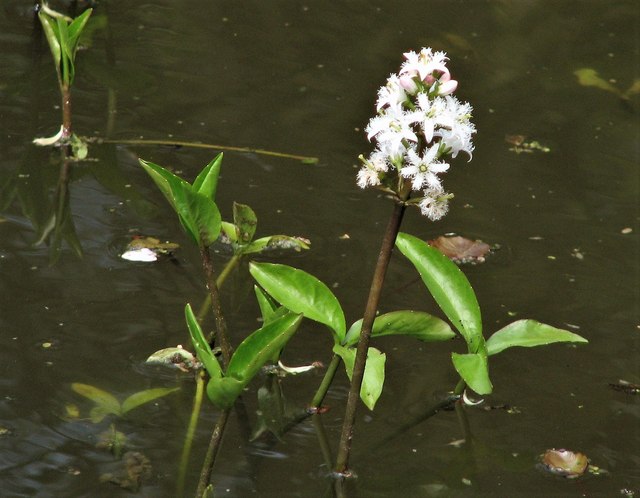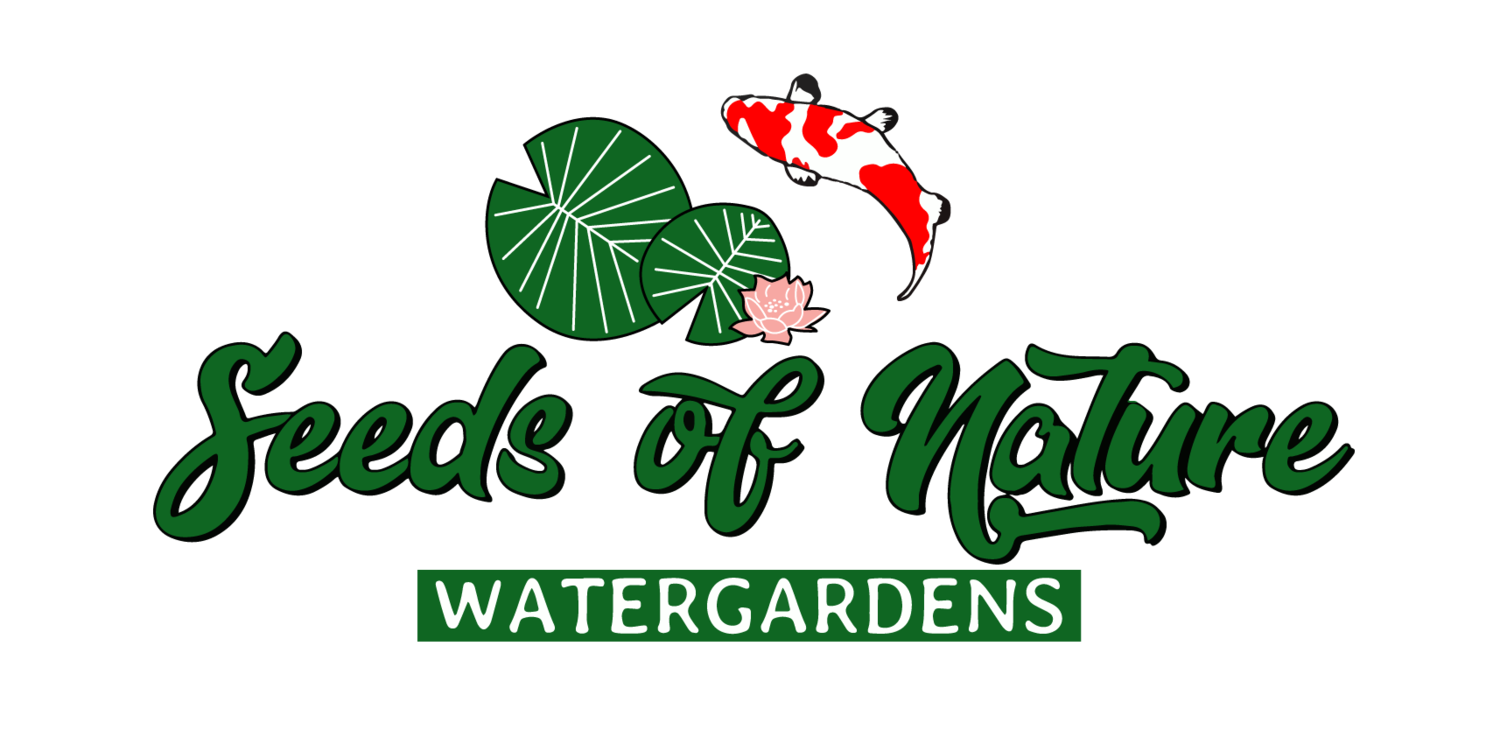Ornamental native water plants can display great beauty and interest in your garden. But many gardeners in Oregon have noticed the fact some of these ornamentals have been displacing native plants in our region.
By using native pond plants we can help minimize this damage. All while providing natural habitat and food sources for our native wildlife. I’ve compiled a basic list of native and naturalized aquatic, semi-aquatic, and marginal plants that can be utilized in your pond or watergarden.
Check out my youtube!
My Pond Story
Can’t figure out what to plant in your pond? Check us out
1. Arrowheads (Sagittaria latifolia)
Also known as duckpotato or wapato. This semi-aquatic marginal plant was widely used a food source by native tribes. The rhizome can be harvested, and is said to be similar in flavor to potatoes. Arrowheads have small white flowers and beautiful leaf structure.
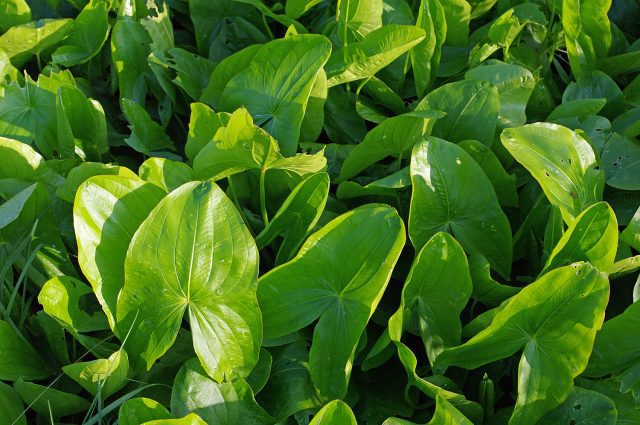
2. Water plantain (Alisma plantago-aquatica).
Alisma is said to be derived from the celtic word for water. These marginal plants have small white flowers when in bloom.
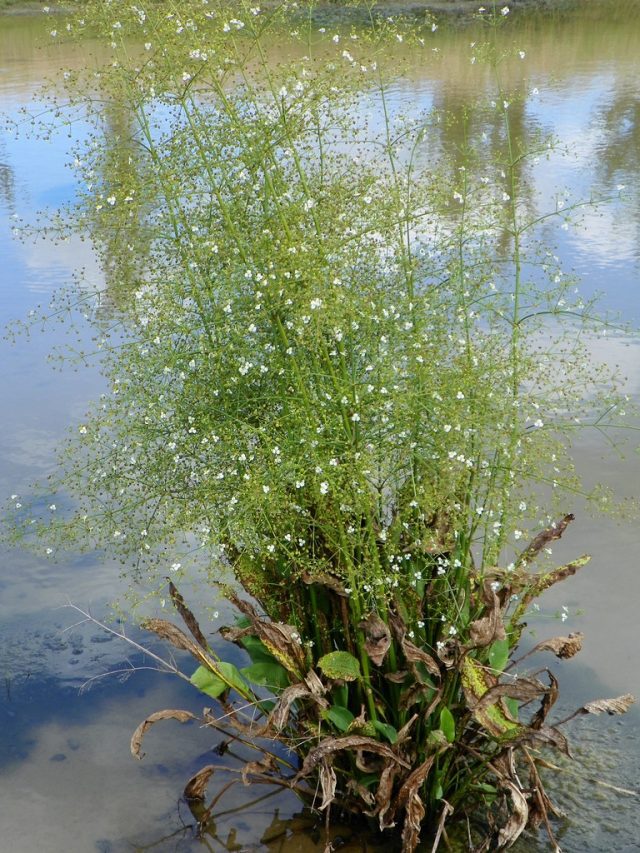
3. Spatterdock (Nuphar polysepalum)
Also known as Yellow Pond Lily, this native lily can be seen from British Columbia down to California. Also, the seeds from this lily were used as a food source in native tribes. Lastly, the aquatic rhizome prefers 2 ft of submersion.
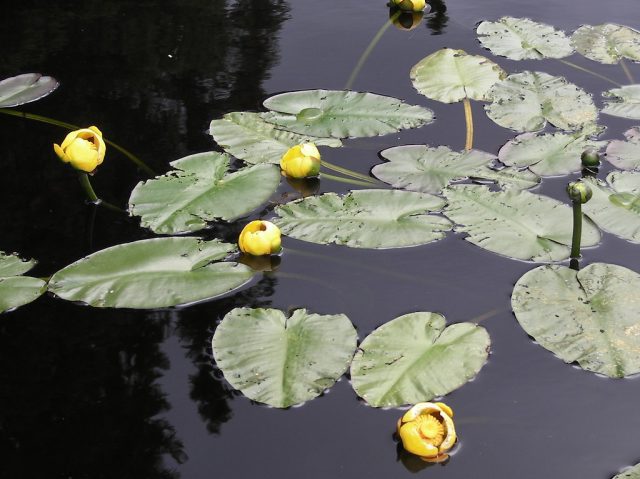
4. Floating-leaved Pondweed (Potamogeton natans)
This submersible plant resembles water lillies. It’s floating leaves are thin and longer than water lillies. It has tall, cylindrical flower columns that are very dense and bring an interesting dimension to your pond.
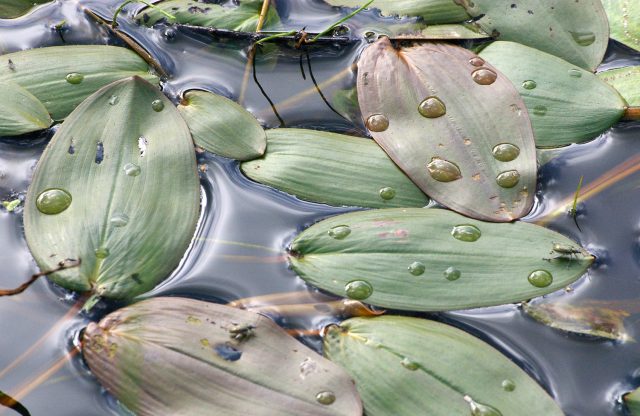
5. Water shield – (Brasenia schreberi)
Water shield is widely cultivated in China and Japan as a vegetable. It bears small purple flowers and seems to prefer more acidic water.
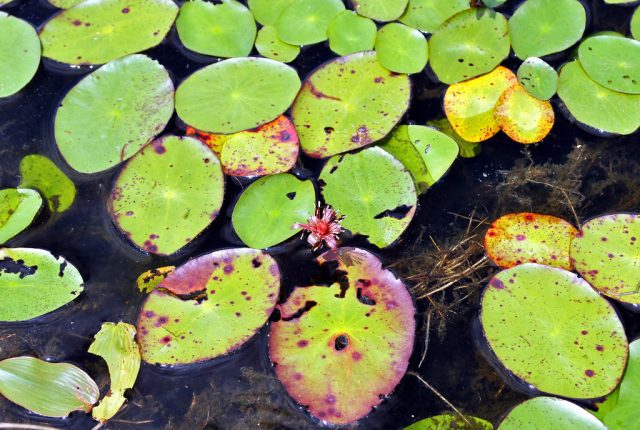
6. Rocky Mountain Iris (Iris missouriensis)
Also known as Western Blue-Flag it’s beautiful flowers range across the blue color spectrum. It’s foliage is toxic and can even cause skin irritation so use gloves when cultivating. Best to use in pots as a marginal so fish can not have access to the foliage.
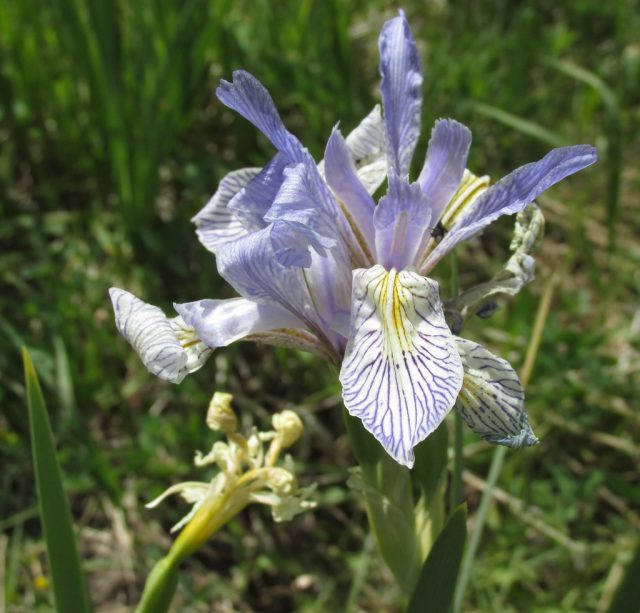
7. Skunk cabbage – (Lysichiton americanum)
Also known as Swamp Lantern, it is one of the only native Arums in the Pacific Northwest. It gets its name from the ‘skunky’ odor that is emitted when it blooms. This odor helps to attract native pollinators. Native tribes would use it’s leaves in baskets or for transporting and keeping fresh fish. Furthermore, this is great for planting in bogs.
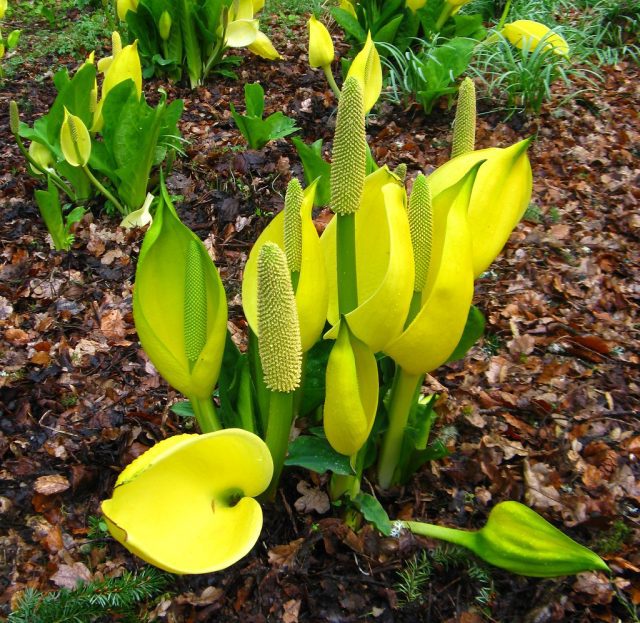
8. Mare’s-tail – (Hippuris vulgaris)
A rhizomatous plant that is a direct competitor to the invasive Parrotfeather. This plant’s features resemble the coniferous forests that reflect upon it’s native waterway habitats. A personal favorite, this plant should be confined to pots or if directly planted into the pond gravel should be cut back every spring.
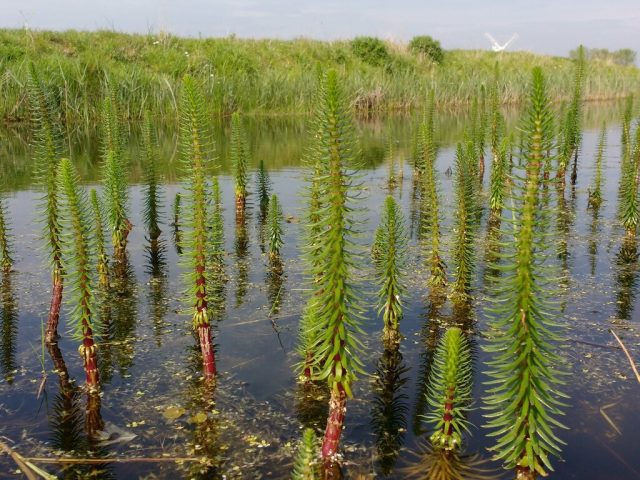
9. Water horsetail – (Equisetum fluviatile)
Also known as the Marsh Horsetail, this rhizomatous plant is best contained in pots because of its rapid growth pattern. It has been known to remove heavy metals from the soil.
Revision: I would recommend against introducing this plant anywhere in your yard.
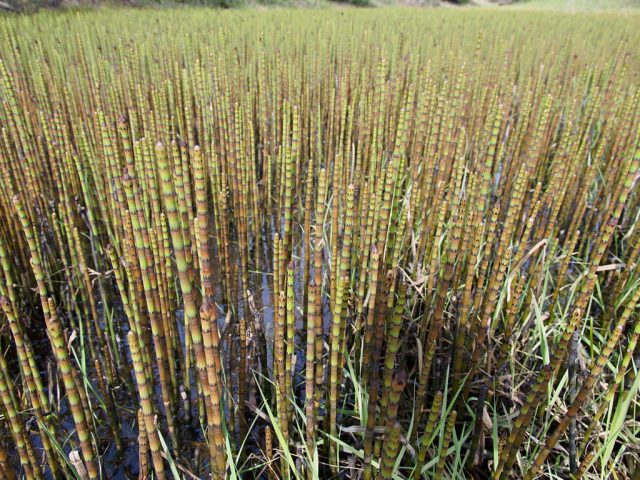
10. Bog Bean (Menyanthes trifoliata)
And lastly, otherwise known as Buckbean. This flowering plant has been used in China to alleviate insomnia and restlessness. It is considered to be a diagnostic fen species used to determine the health of certain wetlands.
